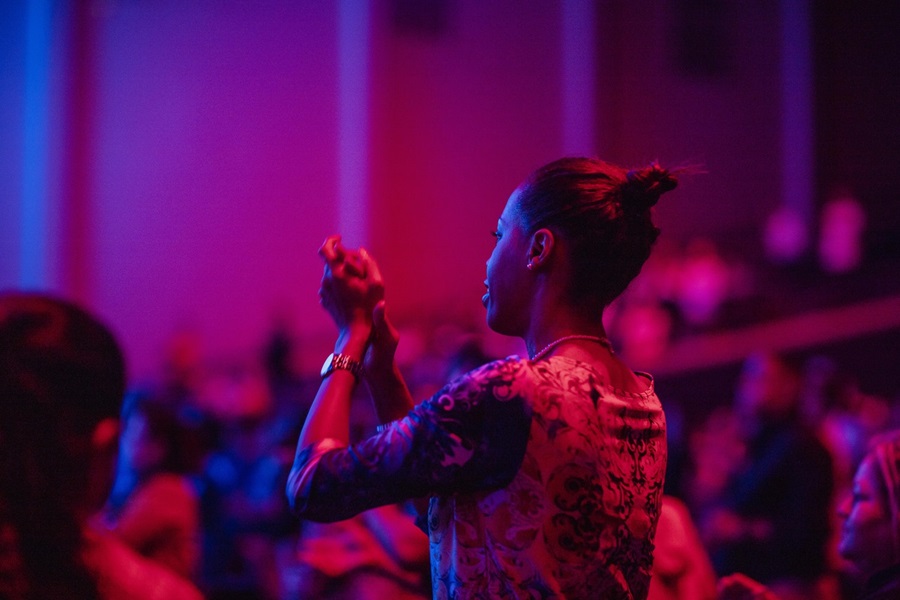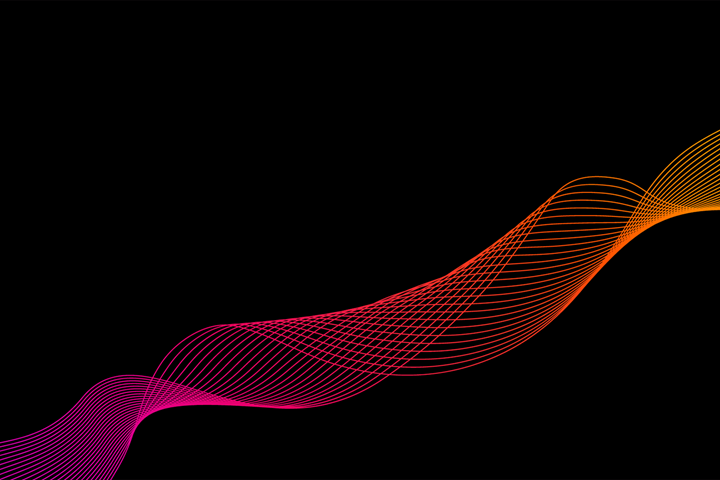The winners of the 2021 Creative Effectiveness Awards represent the very best ads from around the globe – ads that succeed at both appealing to consumers and influencing them to change their buying behavior. Our awardees, including Heineken, Bosch, TENA and others, are the top performers from more than 10,000 ads we tested across 73 different markets last year.
All the winners share several common characteristics: their ads are distinctive, trigger an emotional connection in the audience, drive meaningfully different brand associations and are visibly and unquestionably linked to the brand.
And it’s no surprise to us that the winners share one additional – and very critical – thing in common: they all involved consumer feedback as part of the creative development process.
Technology is enabling advertisers with faster consumer feedback
Historically, ad pre-testing could be a time-consuming, largely custom research endeavor – at times reserved for only the highest priority ads. However, automated market research platforms have revolutionized advertisers’ ability to quickly and cost-effectively access the type of consumer feedback that sits at the heart of great ad development.
The rise of market research platforms has been transformational for brands looking to assess creative effectiveness. Automated ad testing has brought consumer feedback within reach for many more projects, allowing them to produce content faster and with confidence.
But not all ad testing platforms are created equal. While most can deliver speed and cost savings, those same tools fall flat when it comes to the robustness of their methodologies.
The metrics that underpin advertising effectiveness
The key to measuring creative effectiveness is to look at the extent to which the most effective ads drive sales in the short-term but also contribute to longer-term brand equity. The bottom line is that few ads will pay for themselves in the short term (even if that’s their primary goal) because the most effective content also needs to work as an investment in the brand's future.
Assessing creative effectiveness in this way means using an ad testing tool with KPIs that are sensitive enough to measure against the ad’s specific objectives, while also helping you understand both sales and brand-building potential.
Meaningfully different brand associations matter
When we think about the ads that are most successful in building long-term brand equity, these ads have one thing that distinguishes them from the rest: their ability to build meaningfully different brand associations. So, what is meaningful difference? Essentially, it is the extent to which the brand is perceived to be differentiated from other brands and to fulfil consumer needs, both functional and emotional. Measurement will be a function of how the content makes people think and feel about a brand, as well as the relative strength of those associations. Validation work shows that an ad’s creativity measures combined with its ability to position a brand as meaningful and different are proven to predict long-term equity gains.
Analysis of our global database tells us that ads that drive high levels of emotion are four times more likely to cut through and five times more likely to build long-term equity. BrandZ analysis of 83 brands over 2014-2020 also reveals that while brands with a high advertising appeal grew brand value by 94%, those that also benefited from perceptions of being meaningfully different grew by 177%.
Bringing meaningfully different to life
Atino for Bosch, our second-place winner, is a beautiful example of an ad that delivers functional product benefits in a highly emotive and meaningful way. The ad portrays the thoughtful gesture of a loving son who is leaving the family home for the first time. Using his Atino Laser and integrated tape measure, he creates a gallery in his bedroom, made up of shared family moments. The parting message is ‘bye for now’.
Another great example is our UK winner, TENA, which delivers a confident message of ‘I will wear what I want’. The use of computer-generated imagery for the outerwear allows us to see that although the product is designed to protect against light incontinence, it also looks like regular underwear. TENA’s message is that women don’t have to compromise; they can wear something that gives them a smooth silhouette and allows them to feel good.
Ad testing enhances creative development
If you want to boost the effectiveness of your creative, you will naturally want to explore the ability of ad testing tools to enhance your processes. Ad testing tools allow brands to be braver, to explore new territory, and nurture great ideas – all at the speed of business.
We see more and more brands looking to test and quickly iterate on their creative, with ad testing platforms at the heart of that process. Iterative ad testing can quickly and cost effectively inform creative development and lead to outstanding results. The good news is that these days, there’s no compromise between the speed of results and the rigor of the research design, which means you can get the consumer feedback you need to find true creative effectiveness and still meet your campaign launch deadlines.


